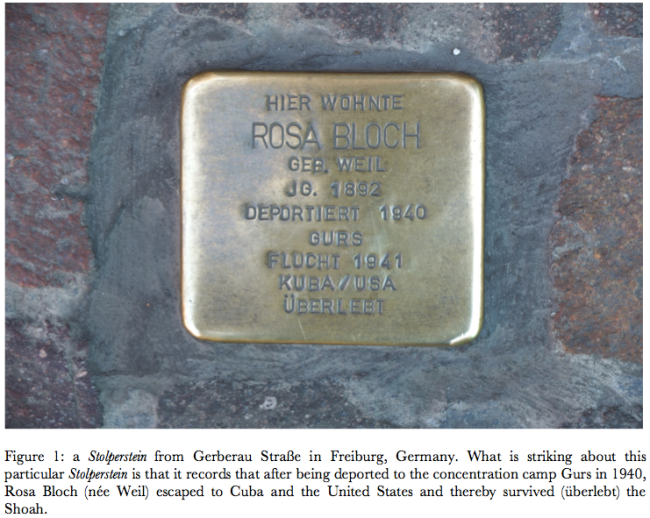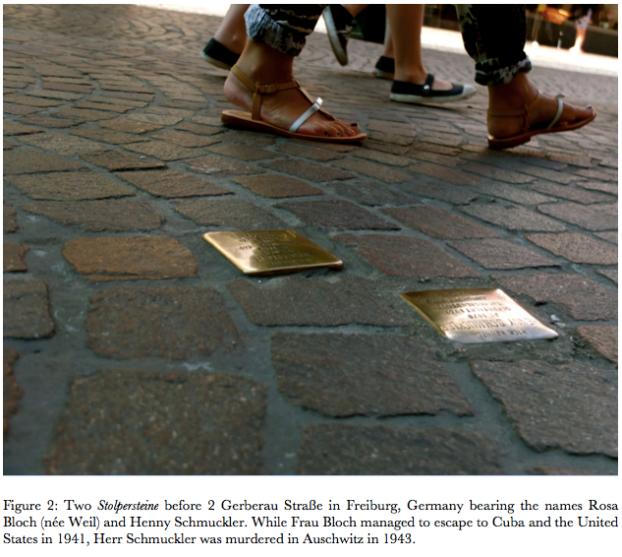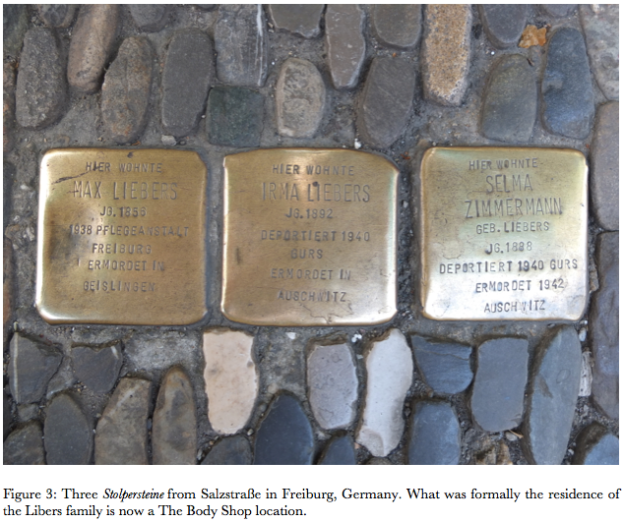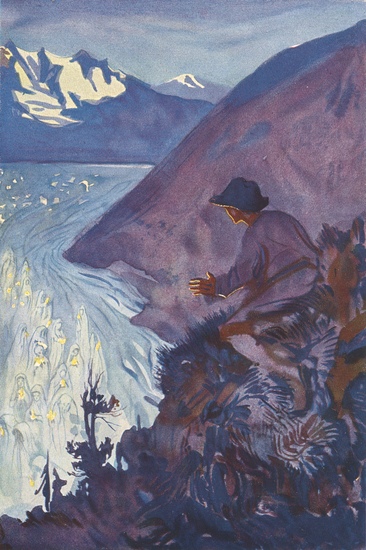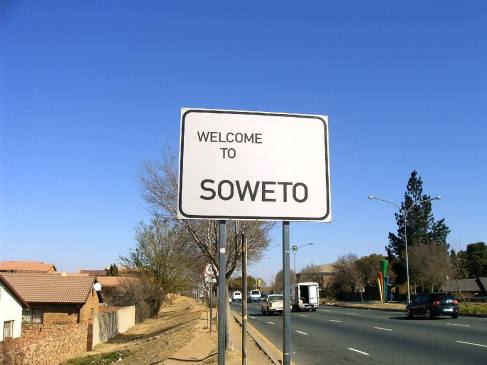Gender as an issue concerns the entire humanity and challenges every society and culture although it varies on political, cultural, economic and religious grounds. Bertrand Tietcheu describes the debate on the issue of gender in Africa as always being tense and critical where most men, antipathetic to any debate on it, will more likely adopt a defensive stance – viewing it as a means for women to attack and overtake them. In this context gender in Africa relates to power-seeking and the need for societal control.
Over the years, great Kenyan women have bravely undergone difficult and humiliating conditions to fight for equality and participation in politics. One such woman was Prof. Wangari Maathai, the first African woman to be awarded the Nobel Peace Prize for her contribution to sustainable development, democracy and peace. In her memoir, Unbowed, Wangari quips that for a woman to feature in politics, she must have a skin as thick as that of an elephant. Her story is one of triumph despite the challenges of a political system that favors men to a great extent. Like other women, the odds against her were lack of finances, socio-cultural perceptions, propaganda wars and criticisms. It’s also important to note that countries which have strong tribal allegiances (such as Kenya) have a more acute corruption problem since money and important jobs are given to allies of the ruling class. Albeit the description of politics as a ‘dirty game’ by many a prominent Kenyan politicians, it is also largely a ‘money game’ which actually locks out a huge percentage of women who are more economically disadvantaged compared to their male counterparts.
Other women who have over the years made significant contributions to democracy and equality in Africa and have demonstrated sound political leadership include Ellen Johnson Sirleaf, the President of Liberia, Ms. Phumzile Mlambo-Ngcuka, the former Deputy President of South Africa and Ms. Luisa Diogo, former Prime Minister of Mozambique. It really therefore comes as no surprise when World Bank establishes in one of its policy research reports – Engendering Development – that greater women’s rights and more equal participation in public life by women and men are associated with cleaner business and government and better governance. It has also been shown also that where the influence of women in public life is greater, the level of corruption is lower and that indeed women can be an effective force for rule of law and good governance.
More good news is that since 1990, Africa has had more critical analyses of societal issues such as human rights violations, violence against women and good governance being addressed more publicly. Globalization has had a huge hand in shifting Africa’s socio-cultural arena by introducing new social values and cultural trends. For instance, following the Fourth World Women’s Conference that was held in Beijing, Kenya adopted the quota system in increasing the number of women in decision making by integrating them in more elective and non-elective public posts. In 2002, there were only nine women out of the two hundred and twenty members of parliament. In the previous 10th parliament the ratio of women to men had risen to 1:12 and now with the adoption of the new constitution, the representation of women in the august house stands at around twenty one percent.
Despite these advancements, there’s still a lot to be done by women in taking collective action on mechanisms that will ensure a higher and more equal representation in Parliament.


